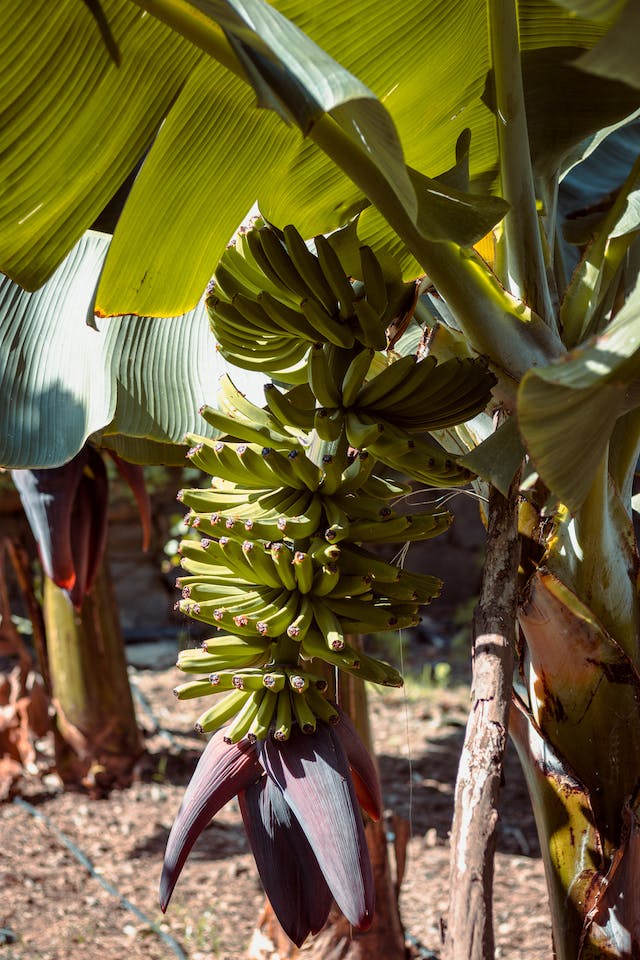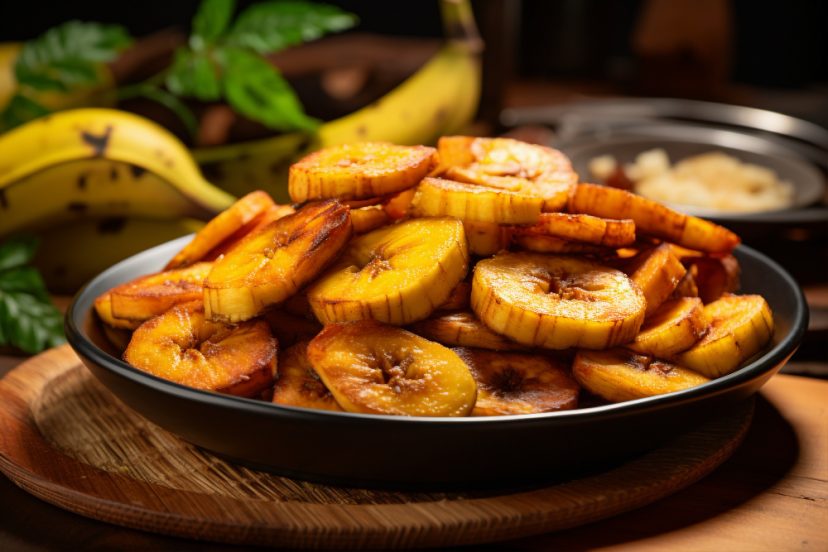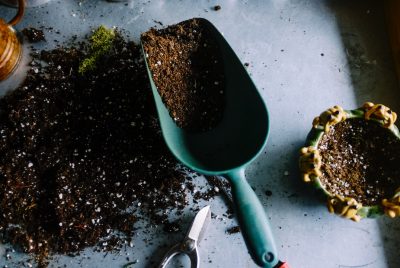Is a Banana a Vegetable?
Are there some people wondering if a banana is a fruit or a vegetable? Well, sometimes it can be confusing since the banana flower is also edible and cooked into a savory dish, which is usually the case for vegetables. Nevertheless, let’s go into this topic of exploring more about Banana. From their growth process to the common misconceptions, and even a mouthwatering recipe using banana flowers, consider this your guide to the fascinating world of bananas.
The Growth Journey of Bananas: A Tropical Tale
Bananas don’t just magically appear on supermarket shelves; their journey from seed to fruit is a tropical tale worth sharing. These marvelous fruits thrive in warm climates, originating from Southeast Asia and making their way to every corner of the globe. Bananas grow on large herbaceous plants belonging to the genus Musa, and the process involves various stages, including flowering, fruiting, and ripening.
Banana Varieties: More Than Yellow Goodness
Bananas come in a dazzling array of varieties, each with its unique characteristics. The most common type is the Cavendish banana, known for its yellow color and sweet taste. There are red bananas with a hint of berry flavor, and even plantains, which are starchier and commonly used in savory dishes.
Why the Mix-Up?
Why do some people mistake bananas for vegetables? The confusion often stems from the culinary world classifying them as fruits, but their texture and versatility in both sweet and savory dishes make them seem more like vegetables. This perplexity adds an interesting twist to the banana narrative, blurring the lines between fruit and vegetable. For example, plantains are starchy cooking bananas and are cooked into a salty or sweet snack, depending on how ripe the plantains are. Unripe green plantains are usually fried into a snack called Tostones/Patacones. Ripen yellow plantains are also fried and the dish is called Platanos Maduro or simply fried sweet plantains.
Edible Blooms: Banana Flowers and Culinary Creativity
Bananas aren’t just about the fruit. Banana flowers, also known as banana blossoms or banana hearts, are often overlooked as a culinary treasure. These large, teardrop-shaped flowers grow at the end of banana clusters and are not only edible but also rich in nutrients. Incorporating banana flowers into your cooking introduces a unique texture and flavor, making them a delightful addition to various dishes.
Selecting and Preparing Banana Flowers:
- Choose Fresh Flowers:
- Select banana flowers that are fresh and firm, with tightly packed bracts (petal-like structures). Avoid those with browning or wilting.
- Remove Outer Layers:
- Peel away the tough, dark outer layers of the banana flower until you reach the tender, lighter-colored inner layers.
- Discard the Tough Core:
- Trim off the tough, central core of the flower. You’ll be left with the tender, edible portion known as the “heart.”
- Soak in Acidulated Water:
- To prevent discoloration, soak the cleaned banana flowers in water with a splash of lemon juice or vinegar for 10-15 minutes.
- Slice or Shred:
- Once soaked, thinly slice or shred the banana flower. The finer the cut, the quicker it will cook and blend into dishes.
Cooking with Banana Flowers:
1. Banana Flower Salad:
- Toss shredded banana flowers with grated coconut, chopped herbs, lime juice, and a pinch of salt for a refreshing salad. In Philippines, there is a dish called “Adobo” – and banana flowers are used to impart flavor and its unique flavour, making it more delicious!

2. Stir-Fry:
- Sauté sliced banana flowers with vegetables, garlic, and your favorite spices. They add a unique texture to stir-fried dishes.
3. Curry:
- Incorporate banana flowers into a coconut-based curry with spices like turmeric, cumin, and coriander. Serve over rice or with flatbread. The Bhatia Kadhi is a sweet and sour curry made with bananas and curd. Served with rice, papad and pickle, it is comfort food at its best.
4. Fritters:
- Dip sliced banana flowers in a gram flour batter and deep-fry for crispy fritters. Perfect as a snack or appetizer. I love these! In Singapore, we call them Goreng Pisang – literally fried bananas.

5. Soup:
- Add sliced banana flowers to soups for a hearty and nutritious element. Combine with coconut milk, vegetables, and spices for a flavorful soup. I found several YouTube videos of Koreans who enjoy the cold banana soup during summer. Maybe I’ll try it the next time?
Bananas – More Than Meets the Eye
In conclusion, the banana can be cooked like a vegetable, but we are most familiar with the varieties that we eat as a fruit. The growth journey, the variety of bananas, and the confusion around their classification all add layers to the banana narrative. So, the next time you enjoy a banana, remember, it’s not just a fruit; it’s a tropical delight with a story to tell.

FAQs About Bananas: Unlocking the Banana Mysteries
- Are bananas considered berries?
- Yes, botanically speaking, bananas are classified as berries.
- Can you eat banana peels?
- While it’s not common, banana peels are edible and can be cooked or blended into smoothies.
- Why do bananas turn brown?
- Bananas turn brown due to the enzymatic browning process, which occurs when the fruit is exposed to air.
- What is the world’s most popular banana variety?
- The Cavendish banana is the most popular and widely consumed banana variety globally.
- Can bananas grow in cold climates?
- Bananas thrive in warm tropical climates and may struggle in colder temperatures.
I hope you like this article about the world of bananas, from growth to confusion, and a culinary twist that might just inspire your next kitchen adventure. Happy banana indulging!





